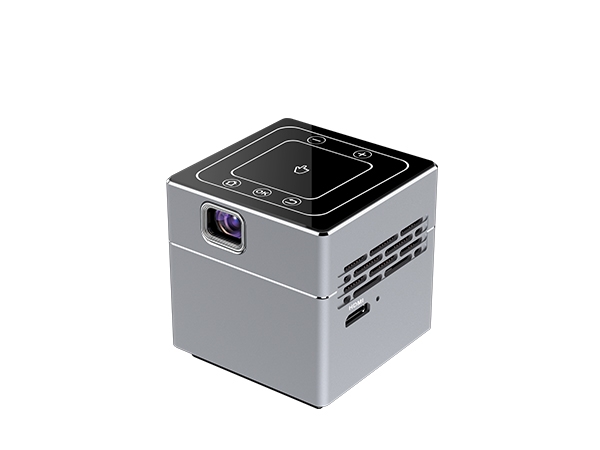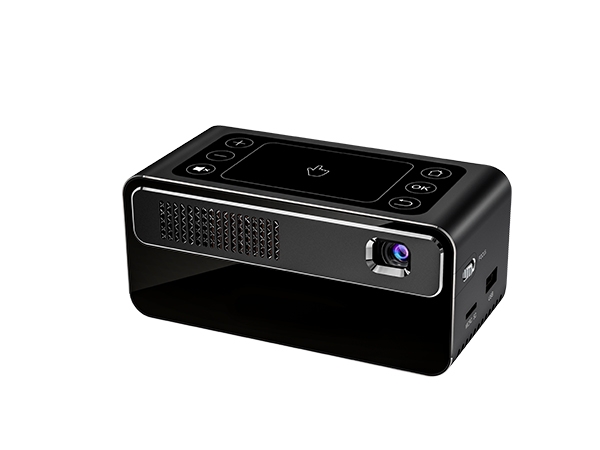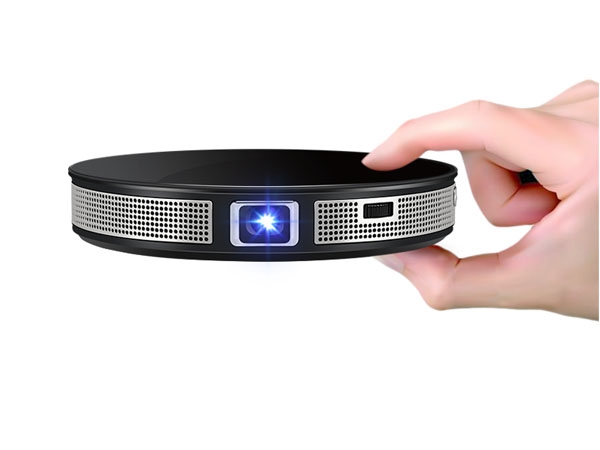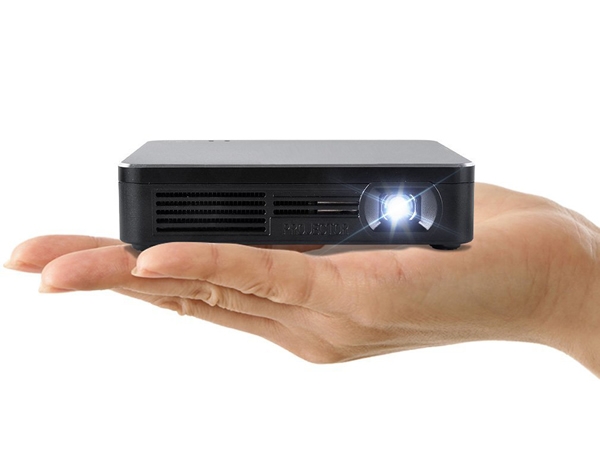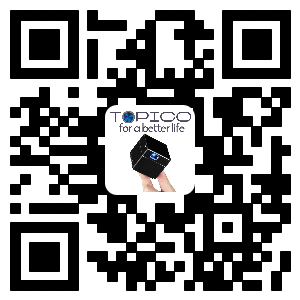Know About Pico Projector
DLP
DLP stands for Digital Light Processing. There are two types: single chip and three chip. Single-chip DLP is the most common, and uses a combination of a color wheel and micro-mirrors to generate an image. Its historic advantage over LCD is that it can produce better color and contrast since the wheel can—in theory—be dyed to reproduce any color value or tonal value it wants. In addition, there is less space between pixels, thanks to advances in micro-mirror design, so you are less likely to perceive the so-called "screen-door effect." The drawback to DLP compared to LCD is an artifact known as "rainbow effect." However, recent DLP projectors spin the color wheel so fast, the rainbow effect is all but impossible to perceive.
Three-chip DLP is rare, and forgoes the color-wheel in favor of three arrays of micro-mirrors, one for each primary color. In some ways, three-chip DLP is the best of both worlds: eliminating the rainbow effect while keeping the pixel spacing reasonable. However, the technology is generally regarded as cost prohibitive and not often used.

Keystone Correction
Keystone correction is a digital process that counteracts the keystone effect to a specified percentage. Most projectors have vertical keystone correction only, some have horizontal and vertical. The "keystone effect" (or "keystoning") causes the projected image to appear wider at the top when the projector is too low, or wider on one side when the projector is horizontally off-center. Vertical keystone correction fixes keystoning when the projector is too low or too high, but requires horizontal centering. Horizontal correction compensates if the projector is horizontally off-center. Some projectors require manual adjustment, and some calculate the required correction automatically.
The drawback to keystone correction is that because it is a digital effect, the more correction applied, the more resolution will be reduced, a bit like digital zoom on a video camera. To avoid quality loss, lens shift should be used.
LCD
Three-LCD (often styled "3LCD") is the most common imaging system used in multimedia projectors. In its most common implementation, three-LCD uses a beam splitter (prism) to break light into its RGB primaries, sending each color through a dedicated monochrome liquid crystal panel. Compared to DLP, LCDs do not tend to produce perceptible motion artifacts since they render the image line-by-line like a TV or computer monitor, and there are no moving parts in the imaging system. The drawbacks are lower contrast ratio than DLP, and more space between pixels, making the "screen-door effect" more apparent at a given resolution.
LCoS
LCoS (Liquid Crystal on Silicone) is also called SXRD (Silicon X-tal Reflective Display) on Sony products. It is a reflective technology like three-chip DLP, but in this case, the light is reflected from three silicone-backed LCD panels rather than micro-mirror arrays. This system currently claims to produce the least screen-door effect and, because it is LCD, is free from the "rainbow effect" and other color-wheel-related artifacts associated with single-chip DLP. It is used in multimedia projectors targeting critical viewing applications and some high-end home theater projectors.
Native Resolution
Native resolution is the resolution, measure in pixel dimensions, of a projector‘s imaging system, and should not be conflated with its maximum supported resolution, which is often higher. Resolutions can either be SD or HD "video" formats, such as: 480i (NTSC), 576i (PAL), 720p, 1080i, UltraHD 4K (3840 x 2160), or DCI 4K (4096 x 2160), or computer VESA (Video Electronics Standards Association) formats, such as: VGA (640 x 480), SVGA (800 x 600), XGA (1024 x 768), WXGA (1280 x 800), UXGA (1600 x 1200), or WUXGA (1920 x 1200).
.png)
Ideally, the connected device should be set to match the projector‘s native resolution. Otherwise the projector will scale the image, resulting in image degradation.
Throw Ratio
Throw ratio describes the relationship between the width of the screen and the distance between the projector and screen, with the first number representing the throw distance and the second the screen width. It is styled "throw distance:screen width", e.g.: "1.3:1". So, for example, a lens with a 1:1 throw ratio will produce a 4-foot-wide image at 4 feet from the screen. A “short throw” (or wide angle) lens with a 0.5:1 throw ratio will produce a 4-foot-wide image at 2 feet from the screen. And, finally, a long throw (or telephoto) lens with a 3:1 throw ratio will produce a 4-foot-wide image at 12 feet from the screen. Projectors with zoom lenses will specify throw ratio as a range, e.g., "1.3:1 to 1.7:1". Unless otherwise noted, throw ratio is based on the native aspect ratio of the projector.
(1).png)




